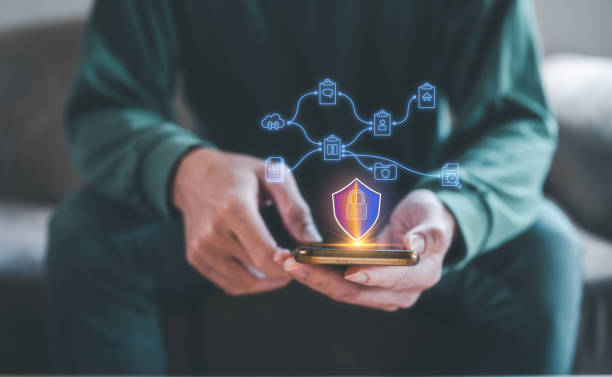
Phones are basically tiny computers that we carry everywhere, and somehow most of us treat them like magic rocks that can’t break. I’ve lost count of the number of people I know who ignore updates, use “123456” as a password, or click on sketchy links thinking “it won’t happen to me.” Spoiler: it can happen. Protecting your phone doesn’t need to be complicated. Here’s how I manage it without losing my mind.
Step 1: Keep Your Software Updated
I get it—those update notifications pop up at the worst times. But ignoring them is basically like leaving your front door wide open. Updates patch security holes, fix bugs, and sometimes add cool features. I once skipped an update for weeks and ended up with apps crashing constantly. Not fun. Just click “update” when you can, even if it feels annoying.
Step 2: Use Strong, Unique Passwords
“Password123” is not okay. I’ve seen people use their pet’s name or birthday—also not okay. Use a mix of letters, numbers, and symbols, and don’t repeat the same password across multiple apps. I know, remembering all that is impossible, which is why a password manager is your new best friend. I started using one and suddenly felt like a cybersecurity wizard.
Step 3: Enable Two-Factor Authentication
This one is a lifesaver. Even if someone steals your password, 2FA adds a second layer of protection—usually a code sent to your phone. I remember one time I ignored 2FA for an email account, and yeah… almost had a panic attack when I realized someone tried logging in. Don’t skip it. It’s annoying to type an extra code, but better than losing your stuff.
Step 4: Be Wary of Sketchy Links and Apps
We’ve all gotten messages saying, “You won a iPhone!! Click here!!” My first instinct is to roll my eyes, but some scams are sneaky. Only download apps from official stores, check reviews, and never click unknown links. I once clicked a link thinking it was a meme… let’s just say my phone started acting weird for a few hours. Lesson learned: don’t be me.
Step 5: Backup Your Data
Phones die, get lost, or occasionally get possessed by some mysterious force. Backing up your data regularly saves you from total panic. I use cloud backup and occasionally transfer files to my laptop. One time my phone literally fell in a puddle, and without a backup, I would’ve cried for days. A backup is cheap insurance for your sanity and your selfies.
Extra Tips: Small Things Matter
Lock your phone with a PIN, fingerprint, or face recognition. Don’t connect to unsecured public Wi-Fi without a VPN. Log out of accounts you don’t use anymore. I know it feels like a lot, but small steps add up. Think of it like brushing your teeth: annoying sometimes, but you’ll be glad you did it later.
Why It’s Worth the Effort
Cybersecurity isn’t just for tech geeks. Your phone has personal info, banking apps, private photos, and probably embarrassing messages you don’t want anyone seeing. Taking a few minutes to protect it saves headaches, stress, and potentially a lot of money. Trust me, trying to recover a hacked account is way more annoying than a little preventative work.
Final Thoughts: You Got This
Protecting your phone doesn’t have to be overwhelming. Update software, use strong passwords, enable 2FA, avoid sketchy links, and back up your data. Do these things consistently, and you’ve basically done 90% of what most people ignore until it’s too late. Your phone—and your sanity—will thank you.









